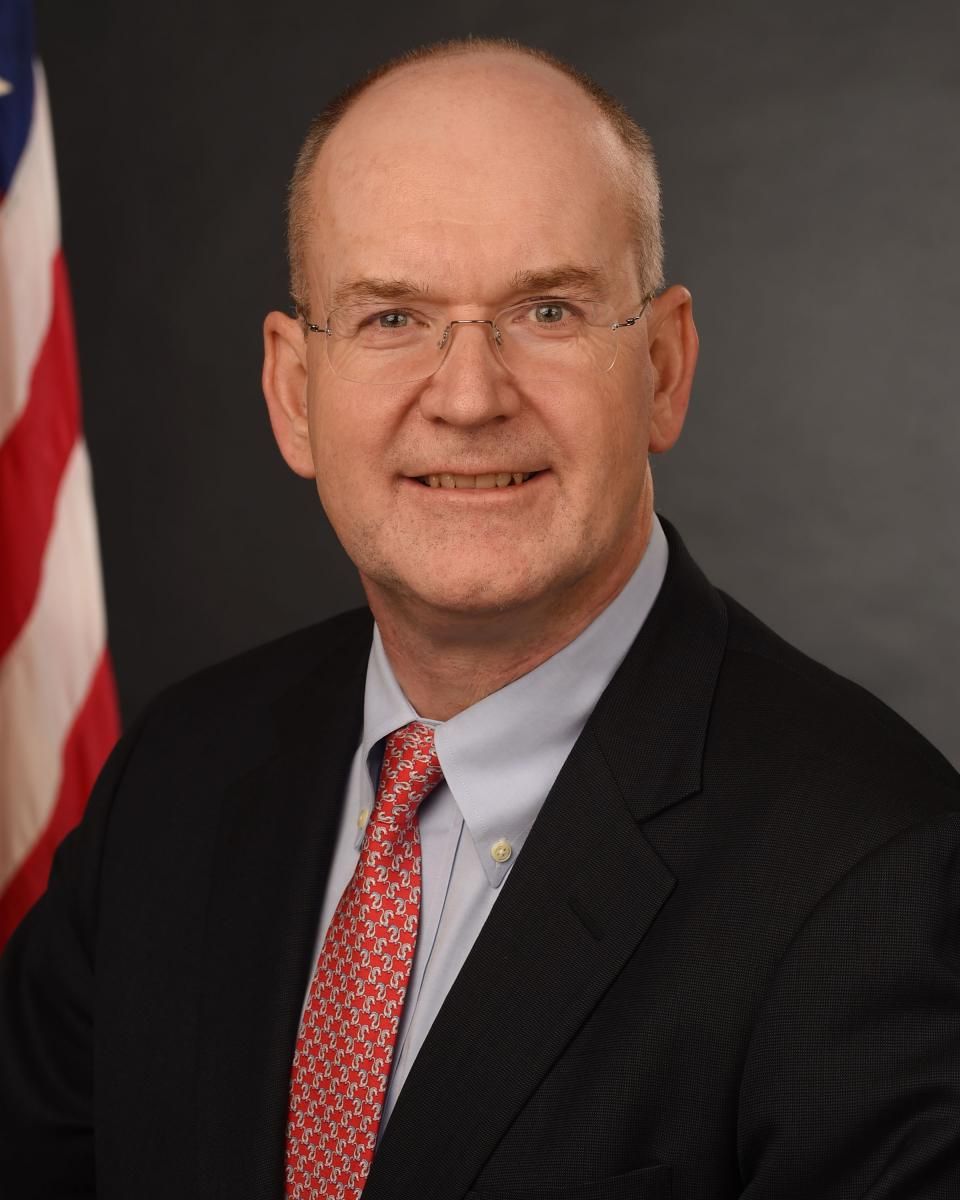3 Key Pieces to the Interoperability Puzzle
In his ONC 2017 keynote, the national coordinator for health information technology said the industry must tackle these issues.

Most people who have worked in healthcare information technology (IT) have heard something like it: Bank customers can withdraw cash from any ATM, almost anywhere, from Washington to Wales and beyond. So why can’t healthcare do the same for electronic medical records?
Don Rucker, MD, who serves as the national coordinator for health IT, offered a reason why today during the government’s ONC 2017 Annual Meeting in Washington, DC. “Biological complexity is simply a mess,” he said, pointing to the flood of medical research, the unique nature of each neuron, and, for one telling example, the emerging different types of type 2 diabetes. And clinicians often vary in how they discuss the same thing. “How are we going to describe all that? It’s not an easy task.”
But medical interoperability is a task that the federal government—and, by proxy, the American people—has spent tens of billions of dollars to achieve, and the results thus far have not pleased them, Rucker said in his keynote speech, also advocating to reduce the data input burden placed on clinicians. He then outlined several areas that the healthcare and technology communities should focus on to promote interoperability, drawing a road map for a room of innovators and experts.
First, the industry must consider how to empower patients, Rucker said. Patient portals are a strong step forward, but that effort should grow to focus on the smartphone, which “is really the device that we need to target” to kick in patients’ electronic ownership of their data, he added. His team works with developers and healthcare organizations to create tools, interfaces, and the like.
The goal is to give patients the ability to access and act on their medical data and broader industry information. Rucker hopes that they may one day leave providers whom they dislike—and bring their medical data to the next one. Even better, he said, this initiative could make use of data collected through popular wearable consumer technologies.
Second, building a stronger population-level interface is “absolutely critical,” Rucker said. “Why reinvent care?” Instead, artificial intelligence and other high-tech solutions can comb through mountains of data, resulting in greater levels of accountability for providers and health systems, and delivering some sort of patient control over shopping for care. It could also boost care, based on the outcomes and experiences of others.
“If we can use some of the most brilliant machine learning to help us spend money on Amazon and other online retailers,” Rucker asked, “couldn’t we use machine learning to help us collectively, in a sort of automated fashion, get better healthcare?”
Finally, the industry needs to increase access to open application programming interfaces (APIs) “without special effort,” he said. The typical programmer should be able to draw on information in databases and other software with their usual “bag of tricks,” he went on. That would require the establishment of common techniques and standards, and rules against toll gates
Of course, he added, such an open system would still require strong privacy and security gates.
“We have a wonderful opportunity to actually bring healthcare IT to the stage where we just all know we’re really so close to [achieving interoperability],” the national coordinator said.
Newsletter
Get the latest hospital leadership news and strategies with Chief Healthcare Executive, delivering expert insights on policy, innovation, and executive decision-making.